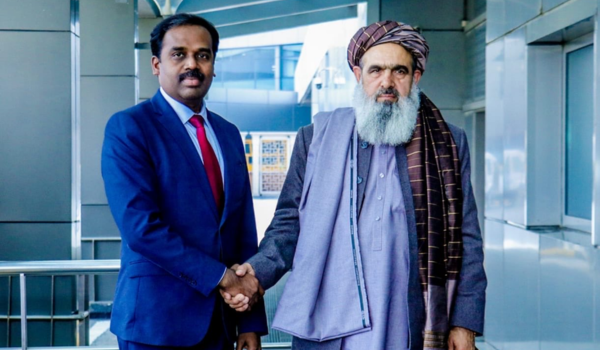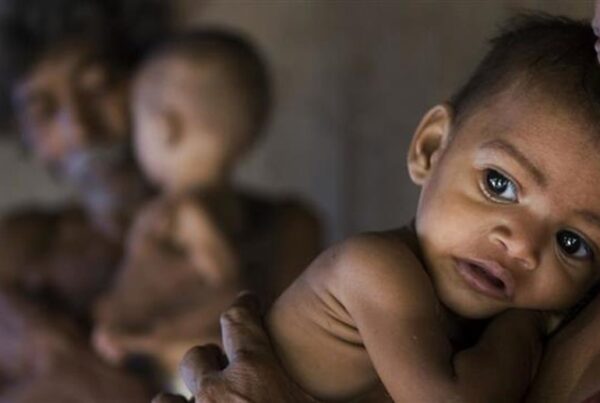India, one of the world’s fastest-growing major economies, has recently faced a significant setback, with a reported 1% loss in its GDP attributed to health-related issues. This development has raised alarms among economists, policymakers, and health experts alike, highlighting the growing link between public health and economic prosperity.
The Economic Toll of Health Crises
India’s economy, which had been on a robust growth trajectory, has been severely impacted by rising health concerns. The COVID-19 pandemic was a catalyst, but ongoing health challenges such as rising non-communicable diseases, inadequate healthcare infrastructure, and a growing burden of chronic illnesses continue to strain the nation’s economic potential.
This 1% GDP loss can be attributed to several factors:
- Healthcare Expenditures: Rising health care costs have diverted resources away from other crucial sectors. As more individuals and families face the financial burden of healthcare, consumer spending in other areas has been constrained, slowing overall economic activity.
- Workforce Productivity: Illnesses and prolonged health conditions lead to a reduction in productivity. Many workers, especially in industries such as manufacturing and agriculture, have been unable to maintain their output due to chronic health problems or recovery from acute illness. The loss of productivity is particularly significant in a country where a large percentage of the population is employed in the informal sector.
- Health Infrastructure Strain: Despite improvements in healthcare over the past few decades, India still faces significant challenges. Public health services are often underfunded and overstretched, leading to inefficiencies and limited access to essential medical care, which in turn exacerbates the economic toll.
- Increased Mortality and Healthcare Burden: The loss of life and the strain on the healthcare system during health crises like COVID-19 result in fewer people able to participate in the economy. This loss extends beyond the immediate health costs and into long-term economic damage as families deal with the aftermath of illness and death.
Moving Forward: Investing in Health to Safeguard Economic Growth
The 1% loss in GDP serves as a reminder that the health of a nation is directly tied to its economic success. To address this issue, India must make a concerted effort to strengthen its healthcare system, invest in preventative measures, and promote healthy living across its diverse population.
Investing in healthcare infrastructure, improving access to quality care, and addressing environmental and lifestyle factors that contribute to disease can significantly mitigate the economic risks posed by health problems. Additionally, initiatives to improve worker health, such as better workplace conditions, employee wellness programs, and healthcare benefits, can have a positive impact on productivity.
India has an opportunity to shift its focus toward a more resilient, health-conscious economic model—one that views healthcare not just as a cost but as a critical investment in the country’s future.
The 1% economic loss due to health challenges should serve as a wake-up call for India. While economic growth is important, a healthy population is the true foundation of sustained prosperity. By addressing health issues now, India can not only recover from this setback but also secure a brighter, more prosperous future for generations to come.




